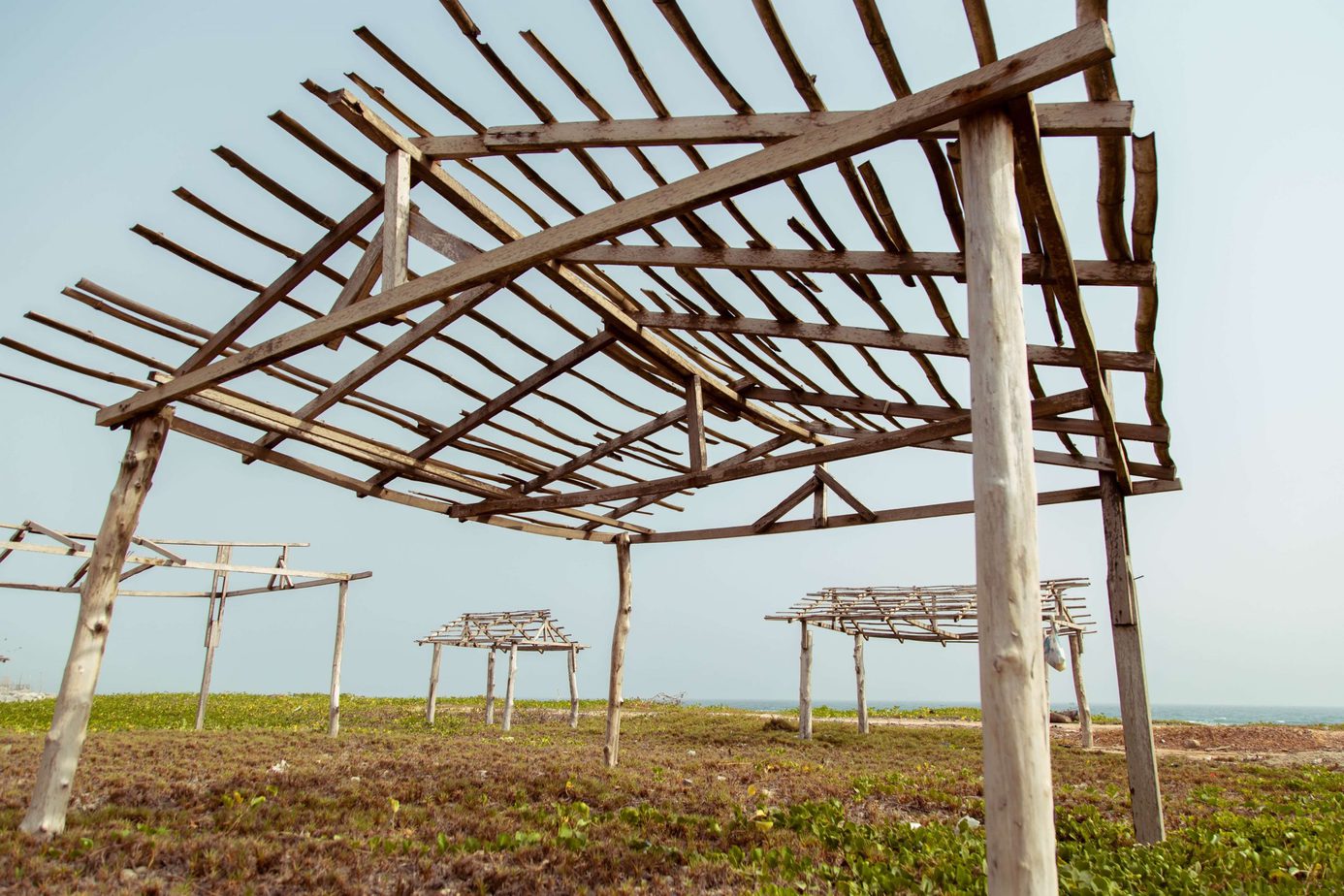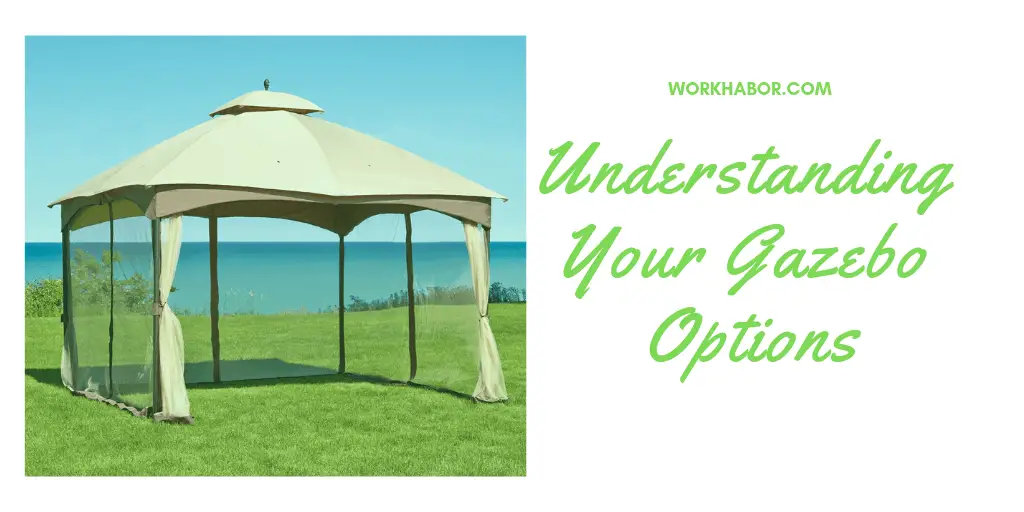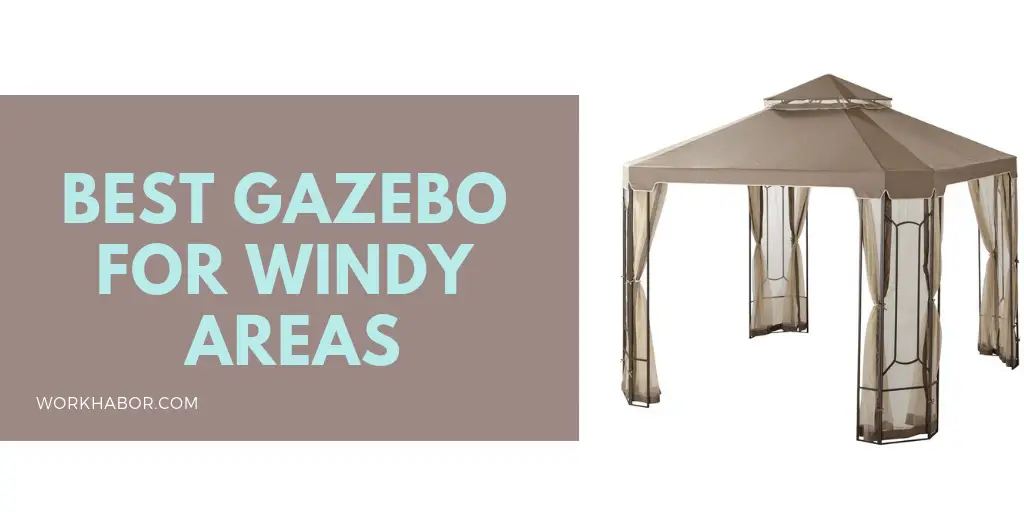How Much Wind Can A Gazebo Withstand?
Last Updated on October 16, 2020 by Duncan
If you live in windy areas and looking to buy the best gazebo for windy areas, the wind rating for the gazebo is a crucial factor to consider.
Are you wondering how much wind can a gazebo withstand or what is the maximum wind speed for gazebo?
This depends on the size and quality of the gazebo. Most heavy-duty gazebos can withstand up to 50-55 kph of wind when correctly pegged, weighted, and roped.
Of course, larger, high-quality pergolas can withstand stronger winds.
How to set up a gazebo
Can a gazebo withstand wind? Yes, it can, but you need to buy the right pergola and set it properly so you have a gazebo that won’t blow away.
To help you out, here are tips on how to do it:
Don’t work alone
The first thing you should do is never to set up the tent alone. Put the top of the tent on, then extend and lock it in place.
The other person should peg the legs of the windward side of the tent while another holds onto the tent to keep it from blowing away.
Hammer the pegs
Since you live in windy areas, you should have more than one peg to hammer at an angle. You can hammer the pegs splayed out (/ \) or X to give more traction to the tents.
While you can use the pegs supplied by the gazebo company, don’t rely on them to hold the Pergola in place.
To be on the safe side, buy 30 cm pegs, and use them to reinforce the tent. For maximum strength, use two pegs per foot.
When buying the pegs, buy those that match your terrain. For example, if you live in sandy terrain, invest in sand pegs.
Remember to angle the pegs, so the body goes across the direction that the rope comes down from.
Attach the weights
Once the tent is in place, attach the weights to each leg. Don’t place the weights on the leg end as they can damage the gazebo.
For ideal results, place 15-20 kgs of weight on each leg so that the total weight equals one person holding onto the tent.
If the wind is too strong, consider hanging an additional weight from the center struts.
Tie guide ropes to the gazebo canvas
To keep the roof from blowing off, tie guide ropes to the gazebo canvas. The guide ropes also come in handy at providing greater structural rigidity to the gazebo.
When putting up the guide ropes, place them out of guideways to prevent people from tripping on them.
I once visited a friend who had tied the ropes to the tables. DON’T DO THIS!
In the event, the roof blows off, or the gazebo goes over, the tables and stock will blow with the Pergola. If you are unable to peg the guide ropes down, use additional weights.
Remember the elastic clips.
These are the little plastic clips on the lengths of the canvas that play a vital role in securing the cover to the frame in between each of the legs.
When choosing the clips, ensure they fit into each other and are nice and tight.
Be cautious when using the clips so that you don’t leave any unsecured part of the cover that the wind can pick up.
Secure multiple gazebos using duct-tape
If you have multiple gazebos or a gazebo and awning, you can join them together to make them stronger.
All you need to do is to secure the legs of the gazebos together to provide better resistance against the wind.
Tips on how to reinforce your gazebo
If you live in extremely windy areas, reinforce the Pergola to prevent it from being blow up by the wind. To do it, follow these tips:
Construct a concrete deck around the gazebo
If you want your gazebo to always be in place or you regularly use the tent, construct a small concrete deck around the gazebo.
You should then attach your gazebo to the deck using 2-inch wood screws.
Mount L-brackets
Many manufacturers use thin metal strips to support the top sections of the gazebo.
When the weather is right, the strips work effectively, but when it gets windy, they are unable to support the tent.
For you to increase the strength of the gazebo when the winds blow, consider mounting steel L-brackets to the tent.
Use joint braces
Attach joint braces to the significant connections of the gazebo. If your Pergola has a cloth roof, the chances are that hinged “rafters support it.”
High winds create tensions on the joists, which can make them give way and tear the roof.
For you to prevent this from happening, install joint braces.
Upgrade to spring-loaded connections
Since bolts are incredibly rigid, they can cause more harm than good during significant storms.
Under pressure, the bolts hold firm, and the gazebo’s metal frame takes the full force of the structural stress resulting in bending.
Instead of using bolts, upgrade to spring-loaded connections that provide some levels of flexibility. The springs also snap back into place when harsh winds subside.
Make use of a PVC pipe.
When your gazebo gets bent, slide a PVC pipe over the bent area to keep the tent framework strong.
To keep the tent strong, replace the beam, but if you can’t, spray the pipe to match the color of your gazebo.
How to secure the gazebo in windy conditions
Since you are looking for the best gazebo for windy areas, you most likely live in windy areas.
For you to ensure that your gazebo isn’t blown away by the wind, you need to secure it.
The cool thing is that there are several ways in which you can do it. Some of these ways include:
Pigging it from the bottom
As someone living in windy areas, this is the first thing you should do. Peg the feet of the unit into the ground at all the four or six legs.
Most of the modern gazebo legs come with the peg holes already in place; therefore, you have an easy time securing the unit.
For maximum strength, you should use two pegs per foot. By doing this, you ensure that the feet of the gazebo are properly secured to the ground.
Ropping it from the top
Here you need to use eyelets and guy ropes from each of the four corners of the gazebo cover.
The eyelets are usually re-enforced to provide maximum strength.
When you use the cover, you have a second way of securing the gazebo to the ground.
For ideal results, go out at 45 degrees from each corner with guy ropes. Do you live in extremely windy areas?
Consider adding a second guy rope to each corner to perfectly secure the gazebo.
Gazebo securing tips
For you to ensure that the gazebo is correctly held in place, you should consider several tips.
You should always use elastic clips.
The clips are usually on the lengths of the unit, and they are aimed at securing the cover to the frame in between each of the legs.
When securing the unit, ensure that you fit each of the clips so that its nice and tight. By doing this, you ensure that there isn’t any unsecured part of the cover.
As a result, you don’t have to worry about the cover picking up in the event of strong winds.
Use the right pegs for your environment.
Just as you need different types of gazebos for different environments, you need different types of pegs depending on your situation.
Do you live in sandy areas? Invest in sandy pegs.
You should avoid the regular pegs as they don’t provide the grip necessary for the environment.
For you to ensure that you are buying the right pegs for the work, always ask the professionals to help you out.
Use extra rope if necessary.
If you live in extremely windy conditions, you should consider using an extra rope to secure your gazebo.
When you secure the gazebo on multiple points, you ensure that it’s more secure than when you would use just a single point.
Secure multiple points or gazebos with duct-tape
Do you have multiple gazebos or a gazebo and awning? Join them together using duct tape.
As a rule of thumb, you should use high-quality duct tape that you are sure won’t come off after just a short while.
In Conclusion
If you have been asking, how much wind can a gazebo take, now you have your answer. To get the most from your pergola, buy a high-quality tent and also properly anchor it.


